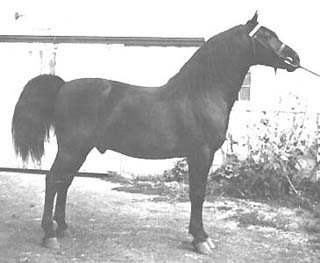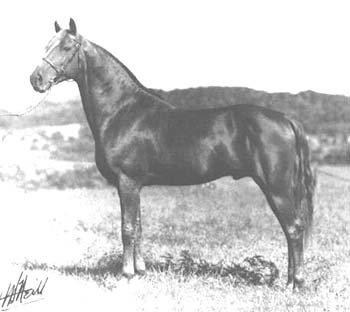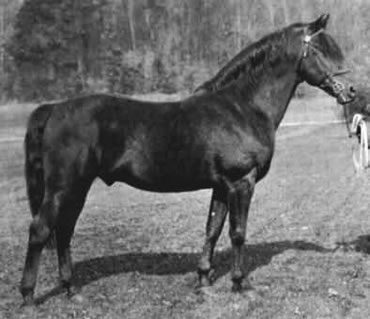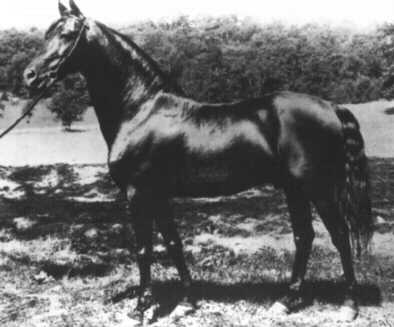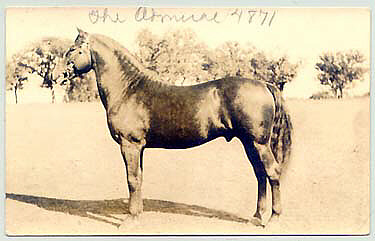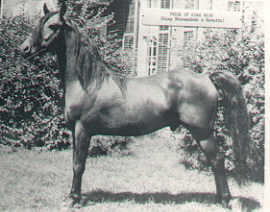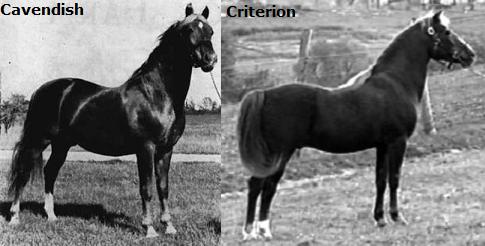
Privilaged To Present Our Rare
Kerry Bog Ponies!
Home of the "Silverlight" Kerry Bogs!
| HOME | ABOUT OUR HORSES | OUR MARES | OUR STALLIONS | FOR SALE | NEW HOMES | LINKS |
|---|
More About The Morgan Can Be Learned At the American Morgan Horse Association website |
Figure
He was also most famous for his unique ability to pass his characteristics on to his foals no matter what type of mare he was bred to. And Figure's dominant genes are so strong that they still determine a part of the Morgan appearance today. And 200 years later, they still remain strong, beautiful, intelligent, and highly versatile. The Morgan breed was one of the first native horses in America. And while the first native breed has died out, the Morgan remains, and is still the "Pride and Product of America". Once only in US, the Morgan horse has now spread to countries all over the globe. Listed below are the four widely recognized families in the Morgan breed. (A family is a group of horses from the same breeding program that have ancestors in common.) The largest families are the Brunk, Government, Lippitt, and Western Working. There is also a smaller "Sub-Family" known as the Lambert, which is a family that has descended from one horse and/or a particular breeding program. (Some of the context in this section and the description of the four main families in quotations below coutesy of the AMHA FAQ's section.) |
Lippitt Family
The main Foundation sires were bred by Robert Lippitt Knight, who concentrated the breed to it's purest, in which the Morgans included Ethan Allen 2nd blood. Lippitts have no 20th century outcrosses to other breeds, resulting in a pure family line that carries the highest percentage of Justin Morgan's blood. As a result to this careful practice of breeding, Lippitt Morgans continue on the strength, hardiness, and beauty that Figure had been passing on from generation to generation. ** This particular family is actually considered the most ideal expectation of the Morgan, and because of that, it's dwindling numbers actually make it a priority for preservation, going so far as to even be recognized as "Critically Endangered" by the Equine Survival Trust. |
Brunk Family
“Morgans that trace to the breeding program of Joseph Brunk in Illinois are generally known for their soundness and athletic ability. Brunk’s program revolved around breeding key mares, primarily of old Vermont breeding, to the best stallions available. Most Brunk Morgans have the mare Daisy numerous times in their pedigree. She was crossed with the stallions Ben Franklin, Senator, Jubilee De Jarnette, and Chetco, and the offspring crossed back to each other, creating a family line bred to Daisy.” Also, another common stallion to see in the Brunk family is the stallion Flyhawk (pictured above). Flyhawk himself descends from the Brunk breeding through his dam and his line was used commonly in preserving this family bloodline. The stallion Jubilee King (pictured above right), whom is also apart of the Lambert family, has also contributed his blood to the later lines of the Brunk family. |
Government Family
Back in the early 1900's, Morgans were a must as Calvary horses! Given up to the US Government by Colonel Joseph Battell after years of preserving the strongest of the Morgan blood, they began breeding the Morgans for Calvary use and for the public between the years of 1905 to 1951, where the Government Morgan family was started. "The US Government dispersed the herd in 1950, with the University of Vermont purchasing many of the breeding stock to carry on the Government program." The foundation sires of this family were Troubadour of Willowmoor (pictured above left) and General Gates (pictured above right). Mostly all of the Government Morgans trace back to these stallions. Today, the Government family is the largest of the Morgan families. ** Governments have nice swift hindquarters and strong legs, which gave them their ability to be a Calvary horse. Their endless stamina and their muscle make them excellent for long, hard work and their flash and power is what catches the eyes of a judge in the show ring (not many realize it, but if you examine the majority of today's top show sires, they are basically a part of the Government Morgan family). |
Working Western Family
Sometimes referred as 2WFs,"these horses do not have one breeder or ancestor in common, but have a common purpose: to work the western ranges of the United States. Working Western Morgans drew from the Government stallions shipped out west to improve the quality of offspring from local mares, as well as Morgans from breeding programs in Kansas, California, Nevada, and Texas." 2WF Morgans are known for their good feet and legs, deep bodies, strong hindquarters, fast and covering gaits, stamina, and an intelligent, sensible, willing temperament with lots of heart and cow savvy. Sometimes a 2WF Morgan can be mistaken for a Quarter Horse because some do take on a "stocky" appearance. Some of the stallions that played vital parts in creating the Working Western Morgan family are The Admiral (pictured above left), The Headlight Morgan and the bay stallion sired by General Gates, Red Oak. Other stallions that also contributed from other ranches were Plains King, Pride of King (pictured above right), Highview King, Romanesque, Linsley, and Senator Graham. |
Sub-Family: The Lambert Line Daniel Lambert (pictured above left) was a great-great grandson of Justin Morgan and was said to be the most beautiful horse of his time. The Lambert line is known for their wonderful dispositions, beautiful movement, and a kind eye with a sturdy conformation. Not to mention beautiful Flaxen manes and tails, gorgeous heads on their shoulders, and a bit of flair to boot. The greatest place to obtain a clean and closely line bred Lambert Morgan is through the famous farm, The Quietude Stud. Lamberts are derived from three of Justin Morgan's renowned sons: Woodbury, Sherman, and Bulrush. But most people connect Lamberts to the core stallion that helped preserve the lines: Daniel Lambert. The single sire that contributes to today's line is Jubilee King (pictured in the Brunk section), who possessed five crosses to Daniel. From Jubilee King came his son Jubilee's Courage who sired the colts Criterion and Cavendish. Criterion was the founding stallion of the Quietude herd, which their stock, along with other Lambert breeders, is closely bred to. There, Criterion stamped his good looks and great temperament onto his children and grandchildren much like Figure had done with his get. Cavendish was the founder of the Caven-Glo Lamberts, but it seems that very few of these Lamberts have truly continued the pure Lambert line. And as for choosing the mares, many of the founding mares were of "Lippitt" decent (to explain in a simpler term), but were selected for their bloodlines that were rich in the blood of Figure's three sons. **Now, certain people (myself being one of them) have a hard time attempting to tell the difference between the Lambert Family and Brunk line due to Jubilee King. For some Lambert breeders, they explain it through the blood of Figure's sons, which is usually hard to follow if you don't know your bloodlines. For me to explain to someone that doesn't know, in today's breeding you can tell a Lambert by seeing the Quietude and/or Caven-Glo prefix stamped all over the pedigree with a few mares still retaining the "Lippitt" prefix. If you begin to see the blood of the other families, it usually means bloodlines have been out crossed. |
The Golden Cross
|
